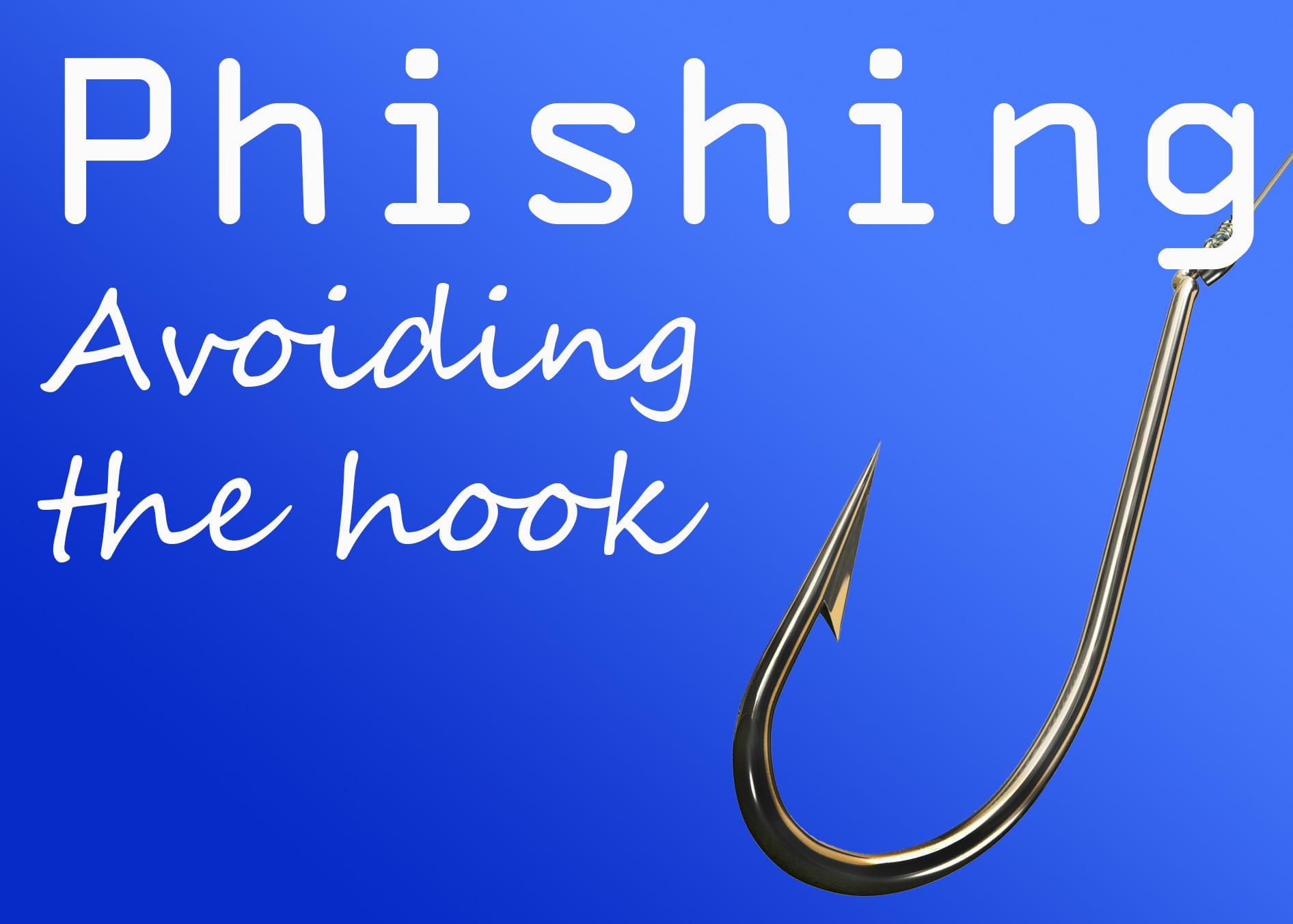We have reached a milestone! Installation is occurred at all buildings. We are ecstatic at reaching this milestone, but still have a massive amount of work to do. The phones that are seen and used everyday are but one part of the total system. The phone system also relies on complex server systems and settings. There are four different standards within the main connection standard that we use. No one (save a few of us network guys) should ever need to know that. However, technology frequently seems like “magic”. That magic really takes a lot of work.
Why did we do this?
Just a quick refresher. Our previous phone system was end of life. It was no longer being supported. We were experiencing many problems that the manufacturer was no longer will to resolve. Also, we had a large number of broken phones that we could no longer replace.
We need to meet a state law for 911 service. That law states that when someone calls 911, we must send not just the building address, but the specific area of the building. In our old phone system, we couldn’t do that. Not only that, but all 911 calls were only going out over POTS lines (these are the old copper connections that most people have gotten rid of by now).
Thus, we mounted most phones to assist with assurance that when 911 is called, the first responders can go the correct place.
With e911, we can no longer offer extension mobility. With extension mobility, we truly don’t know where the phone is at any time. Instead, we are setting up a bridged call system. This allows multiple phones to ring when a number is called. Importantly, each of those phones will have a discrete number that is reported to 911 if called.
What’s next?
We are hard at work on the following items:
- Converting the actual connections to the outside world. This should be seamless for all users. Once this is complete, we will also be able to:
- Configure Gmail – phone message syncing (this will mean that if you listen to a voice message in Gmail, that message will also be marked as listened to on your phone).
- Reviewing phone numbers to email addresses.
- Relocating of some furniture to complete the mounting of a phone.
- Setting up phones for those with “personal numbers” on multiple phones (the old extension mobility) where the phone needs to ring.
Thoughts on phones
Phones have seen an interesting transition. Originally, phones were place right next to the door. Phones were used for internal calls only. Parents never called the classrooms, because there was no physical way for that to happen. All phones were wired and went to a location (house, business, etc).
We installed phones in 2003 as part of a bond. Phones by that time were connected to the outside. In fact, these phones (somewhat amazingly) ran over the “Internet”. However, long distance phone calls could be expensive. Thus, calls outside of the 313 area code needed to be limited to those with permission.
Today, there are no extra costs for “long distance” phone calls. Most people no longer have a “house” phone. We no longer call a house, but a person. However, we have a variety of types of phones in the district:
- Position based – the Director of Technology is position. The office may move locations. The person in charge may change (hopefully not soon). But the phone number stays consistent. Or, think of a principal. A principal may move from one building to another. The phone number will change so that the contact from others is consistent (they want to reach out to the principal of Greatest Elementary School, but may not know who is currently in that role).
- Place based – think of a classroom. Classrooms can be shared by many teachers (both at once and over the course of the day). Thus, the phone for Room 101 is the phone for room 101 no matter who is in the room.
- Person based – these come in two flavors:
- Those who are support people who may move specific jobs, but need to be contacted regularly.
- Those who shouldn’t be interrupted with a phone actually ringing, but benefit from being able to be contacted (most teachers).
Each of the above situations calls for a whole different workflow and settings.
Appreciation
We greatly appreciate all of the wonderful teachers, administrators and others who have been so helpful and positive in this transition. The number of times that people have been happy because there would be space freed up on their desk because we are mounting the phones has been a joy. Many people have innately understood the value of what we are trying to do, and expressed appreciation for that work, that we are humbled. We truly do appreciate how universally people have understood that this isn’t about an individual, but about the safety and reliability for all of us. We are so grateful to work with such an awesome team.











